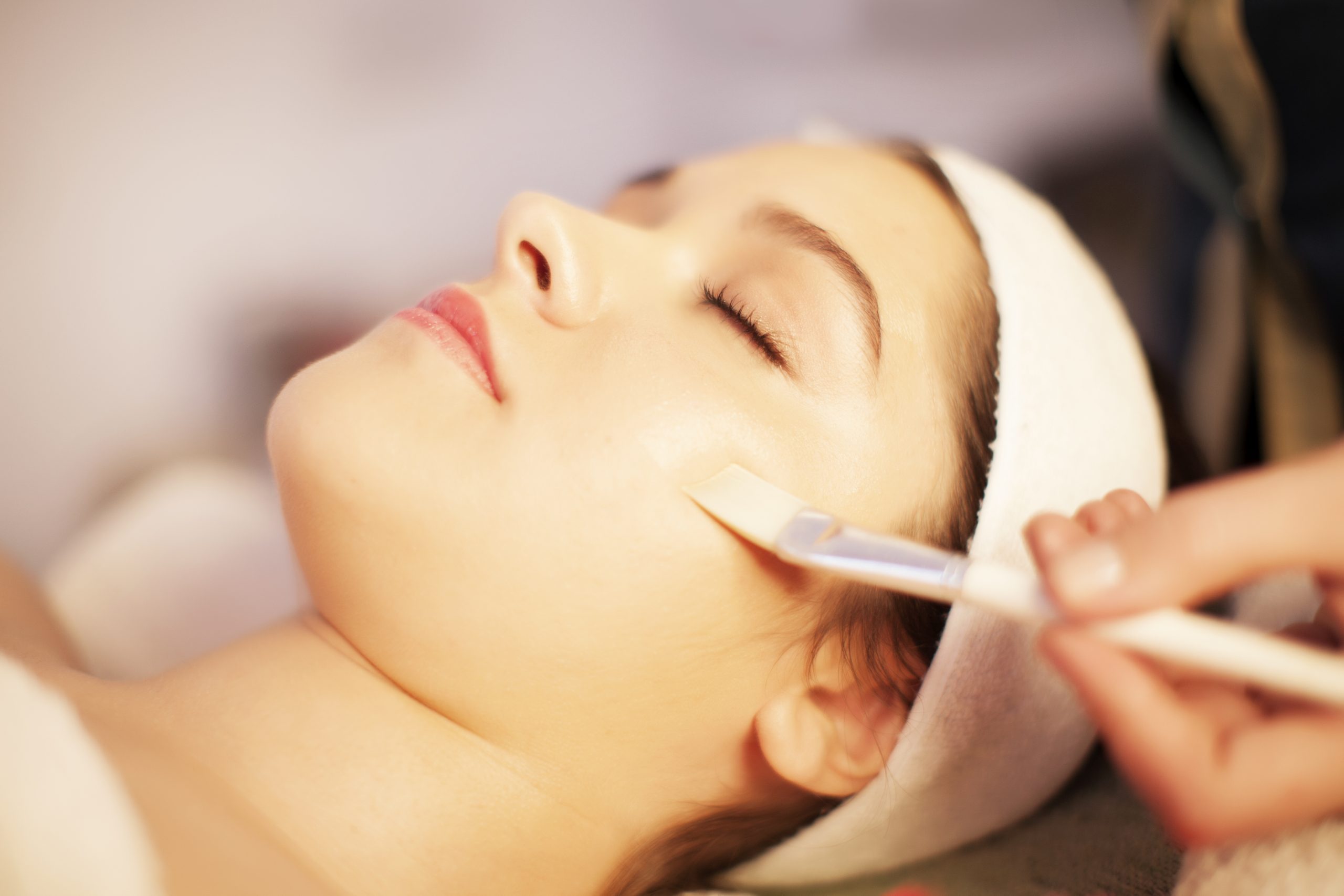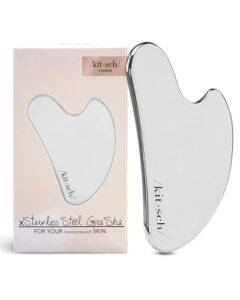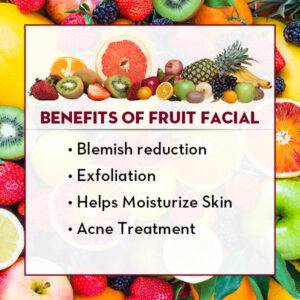This Site Is A Participant In The Amazon Services LLC Associates Program. We may earn money or products from Amazon or the companies mentioned in this post.
A lactic peel facial is a type of chemical peel that uses lactic acid to exfoliate and rejuvenate the skin. Lactic acid is a natural alpha hydroxy acid (AHA) that is derived from milk. It is one of the mildest AHAs, making it a good choice for people with sensitive skin.
A lactic peel can help improve the appearance of fine lines and wrinkles, sun damage, hyperpigmentation, and acne.
A lactic peel can do wonders for your skin! This type of facial uses an exfoliating agent to remove dead skin cells and promote cell turnover. Lactic acid is a natural alpha hydroxy acid (AHA) that is derived from milk.
It’s gentle yet effective, making it a great choice for those with sensitive skin. A lactic peel can help improve the appearance of fine lines, wrinkles, hyperpigmentation, and acne scars. Your skin will feel softer and smoother after just one treatment.
Lactic Peel Application From Start To Finish
What is a Lactic Peel Facial?
A lactic peel facial is a professional grade chemical peel that uses lactic acid to exfoliate the skin. Lactic acid is a natural alpha hydroxy acid (AHA) that is derived from milk and other dairy products. It has been used for centuries in skincare products because of its ability to gently exfoliate and brighten the skin.
Lactic acid peels are typically considered to be milder than other types of chemical peels, making them a good choice for people with sensitive skin. A lactic peel can be done at varying depths, depending on your desired results. A shallow peel will only remove the outermost layer of dead skin cells, while a deeper peel can penetrate into the middle or lower layers of the skin.
The benefits of a lactic peel include improved texture and tone, reduced wrinkles and fine lines, and a more even overall complexion. It can also help to reduce acne breakouts by unclogging pores and reducing inflammation.
If you’re considering getting a lactic peel, it’s important to consult with an experienced skincare professional who can assess your individual needs and recommend the best course of treatment for you.
Are Lactic Acid Peels Good for Your Skin?
Lactic acid peels are a type of alpha-hydroxy acid (AHA) peel. AHAs are a group of chemicals that occur naturally in fruits and milk products. Lactic acid is the AHA that’s derived from milk.
Lactic acid peels are used to improve the appearance of the skin by reducing wrinkles, acne scars, and age spots. They also can be used to treat melasma, a condition that causes brown patches on the skin.
Lactic acid peels are available in different strengths, from light to deep.
The strength of peel you need depends on your goals for treatment. For example, if you’re trying to reduce wrinkles, you’ll need a deeper peel than someone who’s trying to fade age spots.
Most lactic acid peels are done in a series of four to six treatments, spaced about two weeks apart.
After each treatment, your skin will look brighter and feel softer. You may also notice an improvement in the appearance of fine lines and wrinkles.
How Long Does Lactic Acid Peel Last?
Lactic acid peels have been used for centuries to improve the appearance of skin. The Egyptians were known to use sour milk as a facial peel, and the Romans used vinegar. In more recent times, lactic acid has been increasingly popular as an at-home facial peel.
Lactic acid is an alpha hydroxyl acid (AHA) that gently exfoliates the skin by breaking down the bonds between dead skin cells. This results in smoother, brighter and more evenly-toned skin. Lactic acid peels can be done at different depths, from very superficial to deep.
Superficial peels are often done at home with over-the-counter products, while deeper peels require a visit to a dermatologist or esthetician.
The duration of a lactic acid peel depends on its depth. Superficial peels may only last for a few minutes, while deeper peels can take up to an hour.
The effects of a superficial peel will typically last for several days to one week, while deeper peels can provide longer-lasting results.
How Often Should You Do a Lactic Acid Peel?
Lactic Acid Peel: How often should you do it?
Lactic acid is an alpha hydroxy acid (AHA) that is derived from milk. It is a popular choice for chemical peels because it has moisturizing properties, which can help reduce the appearance of dryness and fine lines.
Lactic acid peels can be done at home or in a salon by a professional.
The frequency of lactic acid peel treatments will depend on the strength of the peel being used and your skin’s tolerance to it. A stronger peel will require less frequent treatments than a weaker one.
For example, if you are using a 30% lactic acid peel, you may only need to do it every 4-6 weeks. However, if you are using a 10% lactic acid peel, you may need to do it every 2-3 weeks.
It is important to start with a lower concentration lactic acid peel and increase the strength gradually as your skin becomes more tolerant to the treatment.
You should also allow enough time in between treatments so that your skin can recover and heal properly. Overdoing it with lactic acid peels can lead to irritation, redness, and inflammation.

Credit: www.botanicadayspa.com
Lactic Acid Peel Aftercare
Lactic acid peels are a popular choice for those looking to improve the appearance of their skin. The lactic acid in the peel helps to exfoliate the skin, revealing a brighter, more even complexion.
Aftercare for a lactic acid peel is important in order to ensure optimal results.
Here are some tips:
-Avoid sun exposure: After your peel, your skin will be more sensitive to the sun. Be sure to wear sunscreen and avoid spending extended periods of time in direct sunlight.
-Stay hydrated: Drink plenty of water after your peel to help keep your skin hydrated and healthy.
-Gentle cleansing: Avoid using harsh cleansers or scrubbing your face vigorously after your peel. Instead, opt for gentle cleansers and use them sparingly.
Letting your skin breathe will help it heal faster.
-Moisturize: Use a light, oil-free moisturizer after your peel to help keep your skin hydrated without clogging pores.
Lactic Acid Peel for Hyperpigmentation
Lactic acid peels are a popular choice for treating hyperpigmentation. Lactic acid is a type of alpha hydroxy acid (AHA) that is derived from milk. It is often used in skin care products because it has hydrating and exfoliating properties.
Lactic acid peels can be done at home or by a professional.
When lactic acid is applied to the skin, it breaks down the bonds between dead skin cells. This allows the dead skin cells to be sloughed off, revealing brighter, more evenly-toned skin underneath.
Lactic acid peels can be used to treat various types of hyperpigmentation, including age spots, sun damage, and melasma.
Lactic acid peels are generally considered safe for most people. However, people with sensitive skin or certain medical conditions may need to take special precautions when using these products.
It’s always best to consult with a dermatologist before beginning any new skincare regimen.
Lactic Acid Peel Side Effects
Are you considering a lactic acid peel? This popular treatment can help improve the appearance of your skin, but it’s important to be aware of the potential side effects before you book an appointment.
Most people who get lactic acid peels experience no significant side effects.
However, some people may develop temporary redness, swelling, itching, or burning after the procedure. In rare cases, more serious side effects can occur, such as blistering or permanent scarring.
If you’re considering a lactic acid peel, make sure to talk to your doctor about the potential risks and benefits.
And if you do experience any side effects after your treatment, be sure to contact your doctor right away.
Conclusion
Lactic acid is an alpha hydroxy acid (AHA) that’s derived from milk. It’s frequently used as a chemical peel to improve the appearance of the skin by reducing wrinkles, lines, and age spots.
Lactic acid peels are available in various strengths, from light to deep.
The deeper the peel, the more dramatic the results. But deeper peels also come with a greater risk of side effects, such as pain, swelling, redness, and crusting.
If you’re considering a lactic acid peel, be sure to consult with a board-certified dermatologist or plastic surgeon who has experience performing these types of procedures.

Amelia Varley is a professional beauty blogger and freelance writer with a passion for all things skincare, makeup, and holistic wellness. With years of experience in the beauty industry, Amelia shares expert tips, product reviews, and innovative beauty routines with her readers. Her writing is driven by a desire to empower people to look and feel their best through mindful beauty practices. When she’s not writing, Amelia enjoys experimenting with the latest beauty trends and exploring the connection between self-care and confidence.





